If you are looking wholesale lighting solutions, click here.
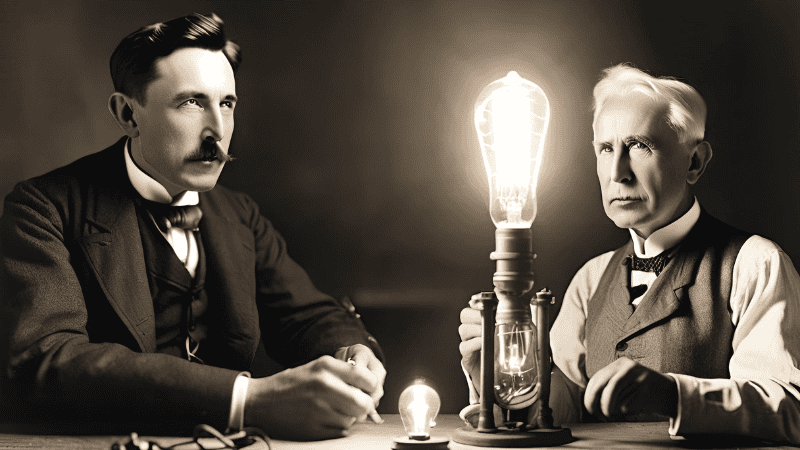
Who invented the light bulb—was it Edison, Tesla, or someone else? In this post, we’ll clear up the confusion and reveal the key players who brought light into our homes.
Drawing on historical facts and expert analysis, we’ll separate myth from reality in one of the greatest rivalries in tech history.
You’ll discover how Edison’s direct current and Tesla’s alternating current shaped the future of electricity. Ready to uncover the truth behind the bulb? Let’s get started
The invention of the electric light bulb was a gradual process involving inventors over several decades. Humphry Davy established lighting history in 1802.
He created an electric light using carbon electrodes with an electrical current flow. This invention became known as the first arc lamp. It was impossible to use due to its extreme brightness and short operating time.
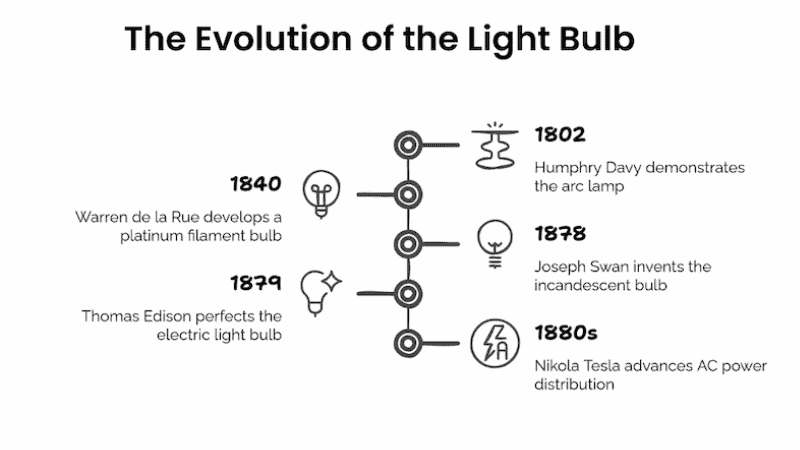
The lighting technology improved in 1840 when Warren de la Rue contained a coiled platinum filament inside a vacuum tube. It was too expensive to produce on a large scale.
In 1860, Joseph Swan created a primitive incandescent bulb with carbonized paper filaments inside a vacuum. Joseph Swan perfected his electric bulb design, which led to practical electric illumination.
During a similar period in 1874, Alexander Lodygin invented an incandescent lamp by using carbon filaments. He uses inert gases for improved bulb performance.
In 1879, Thomas Edison received a patent for his forty-hour carbon filament incandescent bulb. In 1880, he elevated the life expectancy of his electric lamp to 1,200 hours by applying bamboo fiber filaments.
Edison’s power stations and networks made electric lighting accessible for homes and businesses.
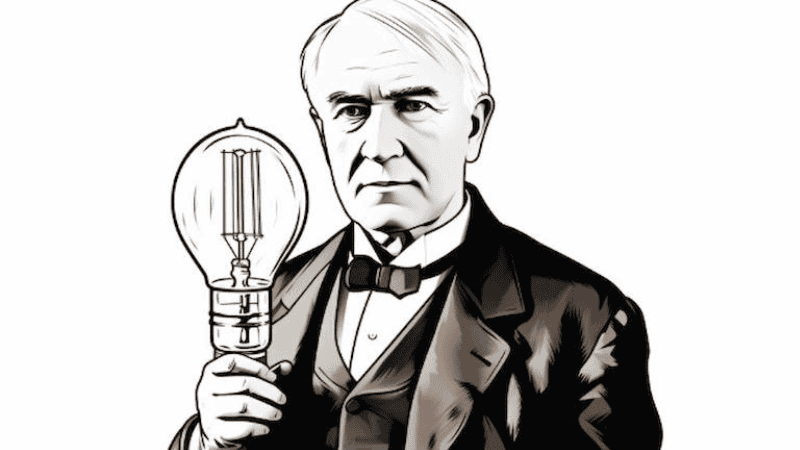
In parallel, Nikola Tesla worked on essential electric power distribution system advancements. Tesla’s introduction of AC power proved superior for extending electricity across long distances.
It performed better than Edison’s DC scheme. Tesla also worked on wireless energy transmission research. He also advanced the development of both fluorescent and neon lighting devices.
His inventions of light were accessible for broad consumer use. He did not take part in creating the incandescent bulb itself.
In modern times, the incandescent bulb maintains popularity because people favor its low cost and easy use.
Thomas Edison is best known for developing a practical incandescent light bulb. He also founded the Edison Electric Light Company. In 1882, he powered Manhattan with direct current (DC), marking a major milestone.
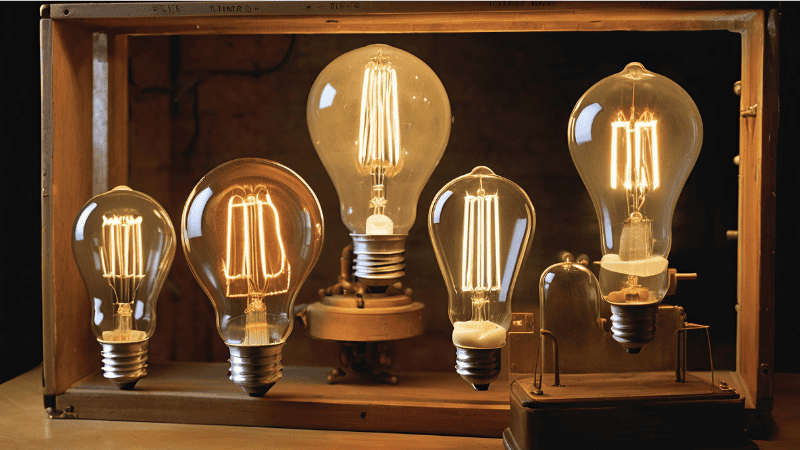
The invention of the incandescent light bulb reached its final practical form when he added carbon filaments. The inventions led to durable light bulbs, which became cost-effective options for daily usage.
After creating the light bulb, Edison dedicated himself to developing the system as a whole. He established every component required to distribute electricity on a large scale. He developed generators combined with distribution networks and electric metering technology.
In 1882, the Pearl Street Station brought electric power to residential and commercial customers.
Through commercial operations, Edison caused a revolutionary shift in lighting technology. This invention removed gas lamps and established the basis for contemporary electrical systems.
Nikola Tesla’s groundbreaking technologies changed the way we use electricity. He helped create the foundation for modern power systems.
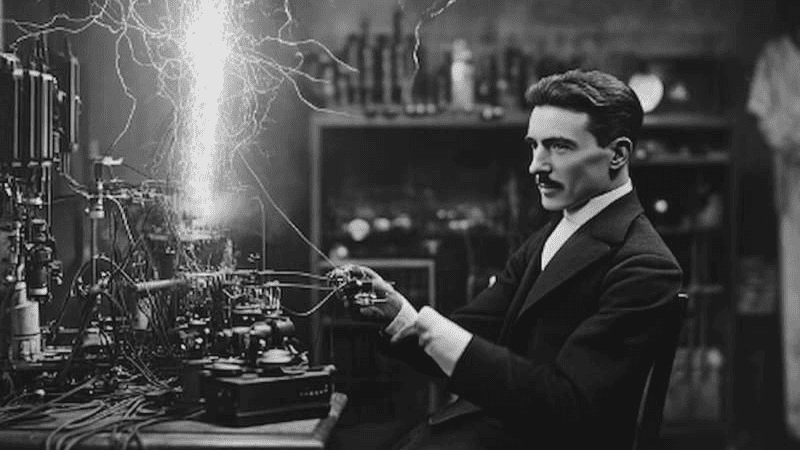
Tesla developed and promoted alternating current (AC), which allowed electricity to travel long distances. This made power generation and distribution more practical and affordable around the world.
His research on high-frequency electricity led to progress in fluorescent and neon lighting. While Tesla did not invent the light bulb, his work helped lighting systems evolve. He showcased early versions of fluorescent and neon lights at the 1893 World’s Columbian Exposition.
Tesla also invented the Tesla coil, which was key for wireless power experiments. It became important in high-voltage physics, radio technology, and neon lighting.
He played a major role in building the hydroelectric power plant at Niagara Falls. This project was a big step in using renewable energy for a large-scale power supply.
Tesla’s ideas on polyphase systems and the induction motor changed how industries used electricity. These innovations made electric power more available to homes and factories.
His vision continues to inspire today’s technology. His work laid the groundwork for wireless communication, radio, Wi-Fi, and Bluetooth.
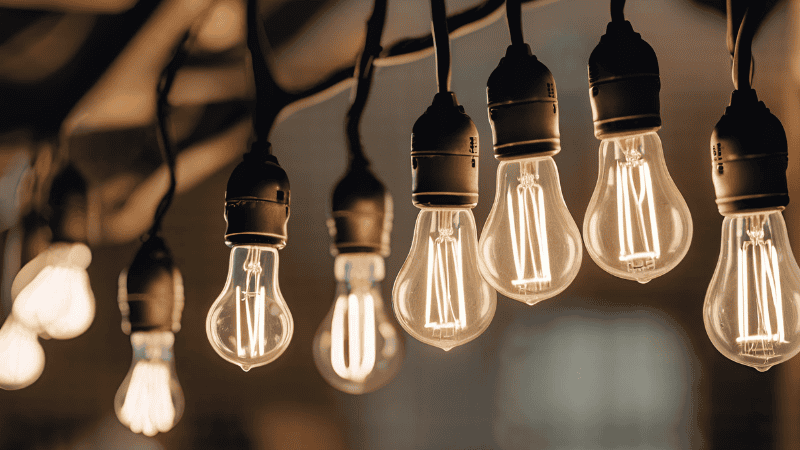
In the 19th century, Edison and Tesla entered a conflict over direct current DC and alternating current AC. When Tesla introduced his electric system, Edison spread false claims about its safety. He warned the public that it posed serious health risks and could cause deadly accidents.
Edison reinforced his claims by electrocuting animals with AC power. He used these stunts to portray the technology as dangerous. He also paid to create the first electric chair using AC power. This made people connect the technology with danger and death.
In public shows, Tesla proved his AC system was safe and efficient by letting electricity pass through his body. This helped people trust the new technology.
Soon after, AC became the top choice for future power transmission. The success of the hydroelectric plant at Niagara Falls confirms its value. It showed that AC was the best option for sending electricity over long distances.

The innovation of AC power systems delivers electricity across extensive distances. Edison admitted his mistake after dismissing Tesla’s revolutionary concepts in the future. Tesla’s work laid the foundation for the electrical systems we use around the world today.
While both Edison and Tesla were brilliant inventors, their motivations set them apart. Edison focused on commercial success, building profitable systems like the incandescent light bulb and power distribution networks.
In contrast, Tesla was driven by visionary ideas. His work on AC power, wireless energy, and the Tesla coil aimed to transform how the world used electricity.
| Point of Comparison | Nikola Tesla | Thomas Edison |
|---|---|---|
| Electricity Type | Alternating Current (AC) | Direct Current (DC) |
| Approach | Scientific and visionary | Practical and business-oriented |
| Key Inventions | AC motor, Tesla coil, wireless tech | Light bulb, phonograph, motion pictures |
| Innovation Style | Theoretical, ahead of his time | Hands-on, focused on profit |
| View on Energy | Wanted free energy for all | Capitalized on inventions |
| Public Recognition | Gained fame after death | Famous and wealthy in his lifetime |
| Legacy | AC became the global standard | DC is used in limited applications today |
Many people associate Nikola Tesla with the invention of the light bulb due to his work in electricity. Tesla did not invent it; Thomas Edison and earlier inventors deserve credit. Tesla’s contributions to wireless and high-frequency electricity helped develop electric discharge lamps.
He worked on artificial sunlight and electrical systems influenced modern lighting technology. Despite not inventing the light bulb, his reputation as an inventor has led many to link him to its creation.
While the public often credits Tesla, it overlooks the collaborative nature of scientific progress. His work in electrical systems and wireless power was crucial in advancing lighting and other technologies.
Thomas Edison introduced practical incandescent bulbs using a carbon filament in a vacuum pump. This design made lighting affordable and reliable.
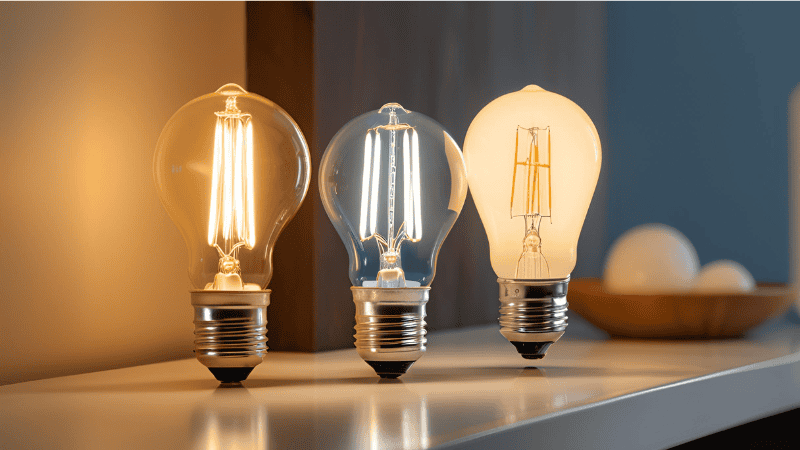
Fluorescent bulbs followed, using electricity to excite mercury vapor. The vapor produced UV light, which phosphor coatings turned into visible light.
The Halogen bulbs improved incandescent technology. They used gas-filled chambers to last longer and shine brighter. LED technology was developed in the 1960s and improved over time. LEDs have become popular because of their energy efficiency and long life.
Today, LEDs lead the market in homes and industries. The shift shows society’s push for efficient, sustainable lighting.
Thomas Edison’s successful lighting invention propelled the development of General Electric. Edison created a practical and durable light bulb that could be mass-produced. He established the Pearl Street Station, and other power stations helped distribute electricity. This made it easier for people to adopt electric lighting.

Tesla improved electricity distribution with AC systems. This makes it possible to send power over long distances. This innovation helped advance energy-efficient lighting technology. Today’s lighting industry combines Edison’s commercial success with Tesla’s groundbreaking work on electrical networks.
The Edison-Tesla rivalry highlights the need to combine innovation with commercial success. Modern manufacturers can learn to create both groundbreaking products and strong business strategies. It supports the ongoing development of systems like LED technology and wireless energy systems.
Understanding the light bulb’s history starts with recognizing the roles of Thomas Edison and Nikola Tesla. Edison built the commercial side of electricity, while Tesla developed AC systems. Their work laid the groundwork for modern energy-saving technology.
Today, businesses are quickly moving toward wireless power and sustainable lighting to stay ahead in a fast-changing market. Lessons from the past help guide this progress and prepare the industry for future challenges.
Risuncorp is a leading manufacturer with over 15 years of experience in lighting and electrical solutions. We specialize in delivering high-quality, energy-efficient solutions customized to your business needs.
Our modern lighting solutions are built to illuminate the future. Explore our full range of products or contact our team to request a quote or schedule a free consultation today.
Comprehensive Lighting Solutions for MRO Wholesalers and Professionals
send your inquiry
Hi, I'm the author of this post, and I have been in this field for more than 15 years. If you want to wholesale lighting fixtures or lighting related product, feel free to ask me any questions.
Learn More >>Download our catalog to view all of our lighting products.
Ready to get started ?
Send Your InquiryOur team will get back to you promptly

please
download
Get notified about new products
Our team will get back to you promptly!
Add your first comment to this post